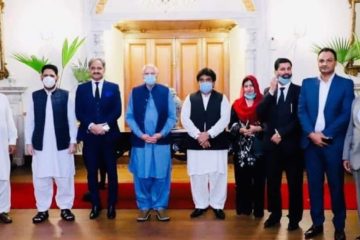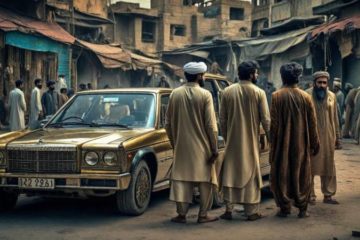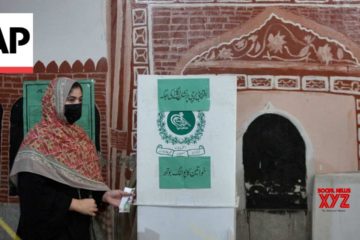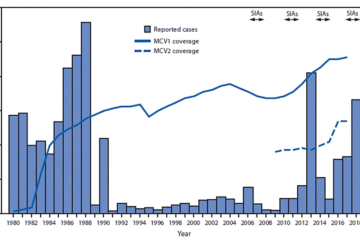Education Transformation In Pakistan: Washed Away, Or Possibility For A Great Design? – Tribune Wired
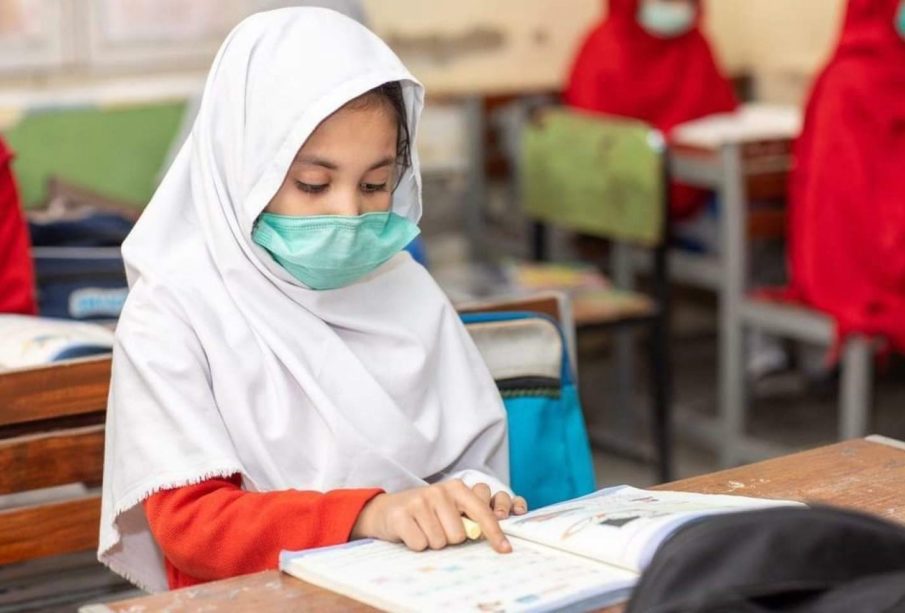
An estimated 11 million children are affected and may not return to schools immediately with 33 percent of Pakistan being underwater due to the nationwide apocalyptic floods and climate change emergency.
Given our extremely poor education indicators in the region and globally these are very grave times; almost 19,000 schools have been destroyed. According to government statistics, the net enrolment rate for primary education is 64%, middle 37%, and matric 27%, while the literacy rate for 10 years plus is stagnating at 60%.
Resultantly more than 22 million children 5-16 years were already out of school, the majority at post-primary levels; these numbers are bound to spike. Foundational learning levels dwindled due to COVID-19, highlighted by the ASER survey 2021 and the Learning Poverty of 10-year-olds surged to 80% (WB, 2021). Education is in a state of profound coma on a ventilator sustained by a paltry fuel of 1.5 % of GDP as education expenditure in 2019-20.
With this extreme crisis, is education transformation an opportunity washed away for Pakistan, or does the layered crisis present a possibility to engage citizens and decision-makers boldly in search of a Great Design for Learning that is fit for purpose? Allow me the indulgence to share about the Manchar Lake debacle.
Manchar Lake debacle SDG goals and Education Social Contract Craft learning
Manchar Lake debacle
For more than three decades, I have always been in awe of the Manchar Lake with a history of 8000-10,000 years inhabited by the oldest communities or the Mohanna/Mirbahar boat people; they lived in harmony with water and wetlands. Manchar, once the largest natural freshwater lake of Asia in District Dadu, Sindh was breached on September 4, 2022, to save lives and lands, albeit with severely toxic waters.
The breach displaced more than 100,000 people to save the densely populated areas from flood waters and the revered “Sehwan Sharif shrine”. Was the displaced population given prior warning and care? Did this really save the densely populated areas of Johi and Mehar where political bigwigs own land and reside? Or, was it the continued destruction of a revered wetland with vast biodiversity of fish, aquatic plants, and habitat for precious migratory birds, as acknowledged in the Ramsar Wetland Convention 1971? Manchar is converted into a wasteland of human displacement since the 1990s, much like education in Pakistan.
Two main sources of water supply were reduced for Manchar, viz. Indus River and hill torrents from the Kirthar Range, its most toxic source of water supply is the Right Bank Outfall Drain (RBOD-1)/Main Nara Valley Drain (MNVD) constructed in 1993 alongside Indus river for wastewater disposal from Balochistan and Northern Sindh into the Arabian sea.
Due to its malfunctioning, the effluent waters are emptied into Manchar killing its ecosystem and undermining the livelihoods and health of Mohannas, leading to deaths, and affecting women and children disproportionately with severe waterborne diseases.
The inhabitants of the Indus have lost lives; more than 40,000 fisher folk have been forced to migrate from the lake symbolic of an ‘ecological suicide’; the fish caught reduced from 700 tons annually in 1970 to merely 75 million tons. In short, the largest freshwater lake in Asia lies in shambles, made toxic and breached by blatant social injustice.
Education has met the same fate in Pakistan.
The killing of Manchar lake is high treason against nature; the Mohannas are domestic refugees, stripped of identity, their rich culture, and entitlements.
My encounters with the unique Mohannas in 1992 on the Indus near Mianwali and in 1997 on Manchar lake itself pushed me to explore enabling people/children’s right to education when working with Professor Anita Ghulam Ali, the MD of the Sindh Education Foundation (SEF).
She commissioned a study to investigate ways to save Manchar and the Mohannas providing them their right to education and livelihoods within their ecological setting. Professor Anita boldly demanded action from the political bosses, but that was brushed aside.
SDG goals and Education
Education and learning in Pakistan is a fundamental constitutional right, aligned with SDG 4. Ahead of the Transforming Education Summit (September 18, 2022) summoned by the UN Secretary-General, it is the perfect time for Pakistan to take some bold steps for a ‘severely breached sector’ which has not only displaced but destroyed habitats of our learning ecologies.
The latter are imploding with choked pathways, hyper-inaction, and impositions of overloaded and often irrelevant exclusionary curriculum, content, language, pedagogies, and assessments.
This can be transformed through eight urgent actions Recognize and reject the current education blueprint in Pakistan as an irrelevant colonial legacy unable to meet targets set in 75 years in non-performing systems.
Redesign education from foundational years, child’s conception to tertiary education & lifelong learning through non-linear holistic, inclusive and sustainable Universal Design principles of representation, expression, and engagement of diverse learners, profoundly committed to ecosystems and climate change actions.
Every child in Pakistan is to be accounted for within her/his local jurisdiction through the child registration card at birth as a smart tracker for entitlements to health services, nutrition, education, and protection from all violations, & All Means All.
Social Contract
Create a social contract with a child at the center, between homes and schools/ institutions, where parents/families and teachers participate jointly to create ‘agency and learning opportunities for the child; the myth of a passive uncaring family/ home must be set aside.
Curriculum, pedagogies, and workforce preparation must be crafted for the whole child capable of agency with foundational learning and not in reverse where the child/learner is a passive recipient of knowledge, largely overloaded and irrelevant.
Craft learning
Craft learning opportunities through interactive and hybrid platforms of face-to-face and tech-based approaches mainstreaming innovative content and approaches that have worked through crowdsourcing partnerships at local, national, and global levels.
Embed health/nutrition services and social protection in education facilities and local areas for a sustainable model of governance that nurtures and protects learners. Ensure progressive financing of at least 5 percent of GDP for ‘decent education and learning as a survival investment for social justice, productivity, and nation building.
By Baela Raza Jamil
CEO ITA(Idara e Taleem o Aagahi), Founder Pakistan Learning Festival (PLF) and Commissioner, the Education Commision
Baela Raza Jamil-File Pic
The author can be reached at Email: baela.jamil@itacec.org
Read More:


